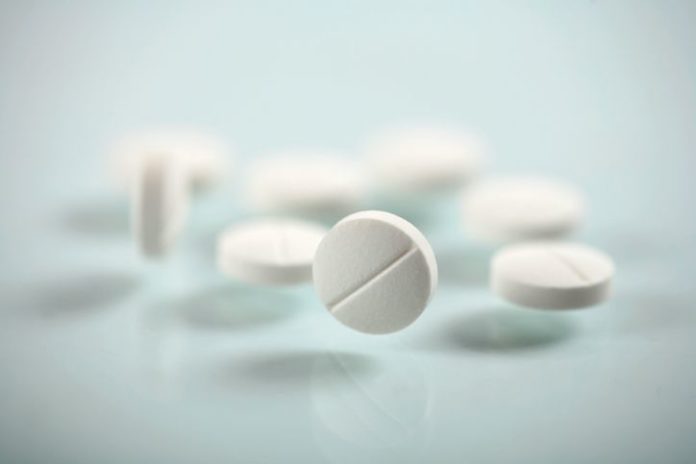Carers and pharmacists are confused about how much paracetamol to give sick children who are obese or overweight, finds research published online in the European Journal of Hospital Pharmacy.
The correct therapeutic dose is important for this commonly used painkiller, say the authors, because it is potentially fatal to give too high a dose; and too low a dose may result in more serious illness.
The authors surveyed 45 carers and 28 community pharmacists to find out what dose of paracetamol they thought would be appropriate for an eight year old child, weighing 25, 32, or 50 kg.
They also observed the doses given to 86 children, one in three of whom was overweight/obese, in the emergency care department of a specialist children’s hospital.
The recommended paracetamol dose for children ranges between 15 and 20 mg/kg every 4 to 6 hours, up to a maximum of 60 mg/kg per day – extended to 90 mg/kg per day if under medical supervision.
But these doses are for children who are average/normal weight for their age. Current expert opinion suggests that doses should be reduced in children who are more than 120% above their ideal body weight, but it is unclear whether children should be dosed according to their actual, rather than their ideal, body weight, say the authors.
The survey results showed that while most carers and pharmacists knew the correct dose for a normal weight child, their responses varied widely as the hypothetical child’s weight increased.
By the time they were faced with the third scenario of the 50 kg child, the pharmacists recommended a twofold variation in dose; and one in four carers did not even answer the question.
When the doses were corrected according to actual and ideal body weight, for scenarios 1 and 2, all the recommended doses fell within the safe range of 10 and 20 mg/kg. But when it came to the heaviest child in scenario 3, one in three carers (36%) and one in four (24%) pharmacists underdosed when corrected for actual body weight.
And when corrected for ideal body weight, almost two out of three carers and three out of four pharmacists would have given the child a dose above 20 mg/kg.
Among the emergency department children, few children were given doses above 20 mg/kg when corrected for a child’s actual body weight. But the further a child was above their ideal body weight, the higher was the dose of paracetamol given, which goes against the recommendation to taper down the dose in overweight children.
“Simple evidence based dosing guidelines must be developed and communicated to practitioners to reduce the potential for confusion, which may lead to adverse consequences for these children,” conclude the authors. This is extremely important they add, as “childhood obesity will almost certainly continue to be an issue for many years to come.”
Source: British Medical Journal











